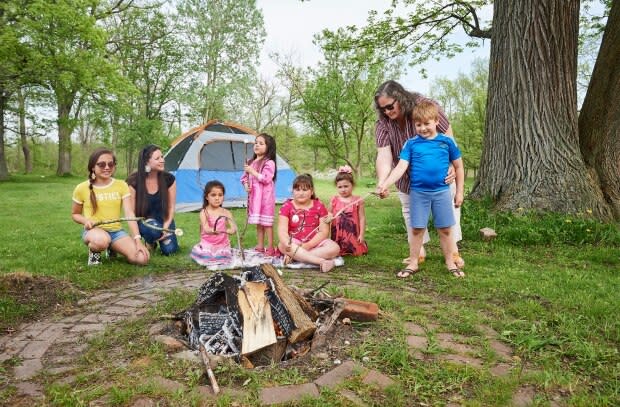'A chance to see who we really are': Six Nations builds own stock image library
There's a severe lack of Indigenous representation in most stock imagery available online, one woman from Six Nations of the Grand River says, and she's excited to now work for a company that's building its own library for community use — saying "it gives people a chance to see who we really are."
Nicole Hill is with the Six Nations of the Grand River Development Corporation, and she thinks "a lot of people don't know who we are," referring to her Indigenous community of over 12,000 people, the largest First Nations reserve in Canada.
Communications staff at the development corporation recently searched for stock images online of construction workers to promote their latest project — a collection of 19th century-style log cabins in Chiefswood Park — but couldn't find one photo of an Indigenous labourer.
A reflection of the community
Tabitha Curley and Jessica Hunt scoured online databases for photos, but the people in the stock images looked nothing like the people who live and work in their surrounding community — and those are the people they want to reflect in the corporation's promotional imagery.
Luckily, the two had a solution on hand. They put out a call for models to the local community and also contacted a professional photographer, Mark Burnham.
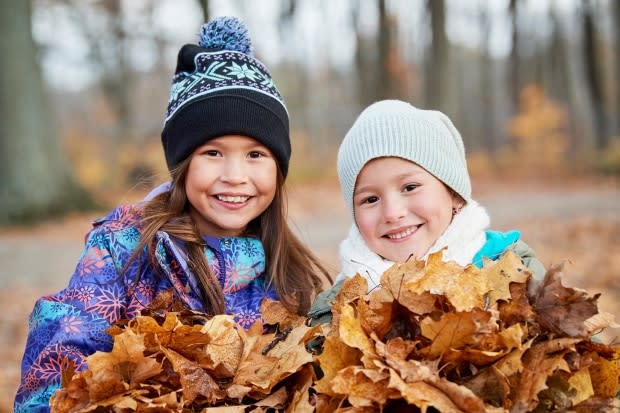
Since 2015, Curley and Hunt have partnered with photographer Burnham to build their own library of stock images, which is primarily made up of people who live on the reserve, including children and grandchildren of the development corporation's staff.
Hill grew up in Six Nations and her grandchildren have been involved in numerous shoots. She hopes that the circulation of these stock images will "encourage more people to visit" the reserve and learn about the people who live and work there.
"We're all about animals and the outdoors," Hill said, "and it's great that people are coming out and are part of our cultural setting in nature ... it brings that majestic wonder back to their lives and their children's lives."
Chiefswood Park, where the cabins are being built, regularly teaches visitors about authentic Haudenosaunee culture against the backdrop of the Carolinian forest on the banks of the Grand River — Burnham's images help to put local faces at the forefront.
During the most recent shoot, Burnham first snapped pictures at the local bingo hall and then met up with the newest models at the corporation's log cabin construction site, where labourers were administering final touches.
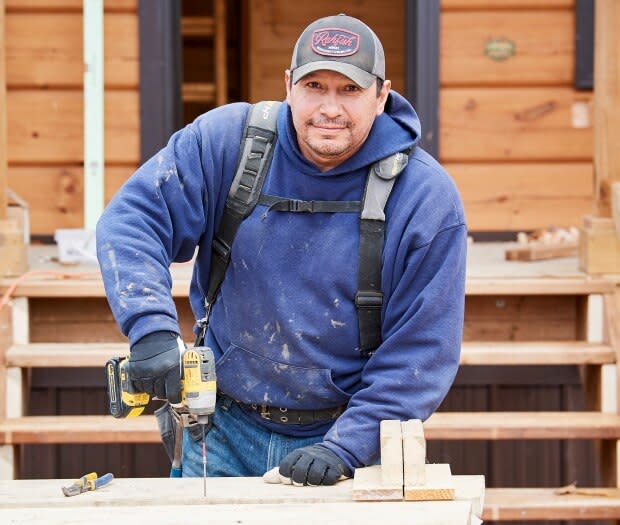
Sisters Destiny Curley and Faith Curley — Tabitha's neices — were also at the construction site, but they didn't have a hand in the work. They were there to meet Burnham and pose.
Burnham, lying on the ground, camera in hand, snapped a series of images of the seven- and eight-year-olds, as they posed, threw handfuls of leaves at each other and giggled in the golden afternoon sunlight.
After having spent about half an hour outside, Curley's two nieces took a break from the cold and headed inside to warm up. Burnham took that time to describe his involvement with the development corporation's photoshoots.
"I'm always on board with whatever they do," he said, and even though he's mainly a nature photographer, he always ends up having "so much fun" on each shoot with local models.
Burnham says those models — regular people who volunteer — are extremely friendly, full of life and unique in their culture. He loves learning about and being a part of it.
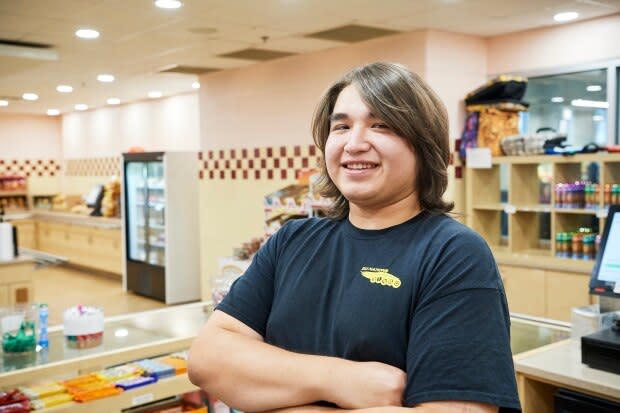
And the kids certainly don't shy away from their new celebrity status.
"The kids love to be involved and see themselves in print," said Jennifer Montour, an administrative project assistant for the corporation. "It gave them a boost in self-esteem."
Both of Montour's grandchildren have participated in photoshoots, including one for a camping trip.
Those images can be used by the development corporation and are also made available to other organizations in the community who require stock photography, and have run into the same lack of availability Curley and Hunt once encountered.
'Few and far between'
Curley and Hunt initially had the idea for the photoshoots as a way to do their part in increasing overall Indigenous representation in stock photography. On a more micro-level, they wanted to better reflect the faces of the local community in everyday images circulated around town.
And the community has noticed. The photoshoots have landed Montour's grandchildren spots in the community newspaper a few times, which had her then-four-year-old grandson "grinning from ear to ear."
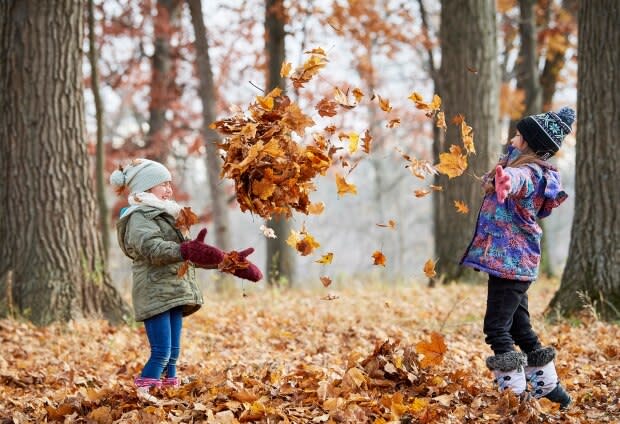
"A boost of self-esteem helps because they get their recognition, and at that age they like to see themselves in pictures," Montour says as she smiles and chuckles.
It means a lot to her grandchildren for them to see someone that "looks like them" in those images. It also encourages people in the community of all ages to try their hand at modelling, Montour said, since you "don't have to be a model from Toronto to do that."
Montour is also well-aware of how few Indigenous people there are in stock images, both in her community and on a national level.
She has a friend who's involved in modelling at the professional level, who also has their children involved, and "you could count on one hand how many others looked like them, Indigenous."
Montour says those people are "few and far between."
